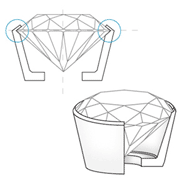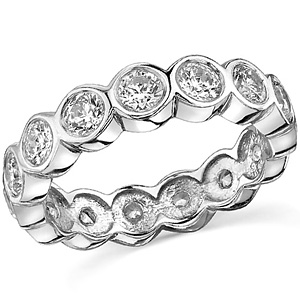Support
Education
Types of Stone Settings
Prong Settings
This traditional setting style, known as a prong setting or claw setting, involves two or more metal prongs that encircle the crown of the gemstone to hold it securely in place. The prongs minimize the amount of metal used in the setting, allowing for greater light to pass through the gemstone, enhancing its brilliance and sparkle.
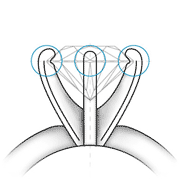
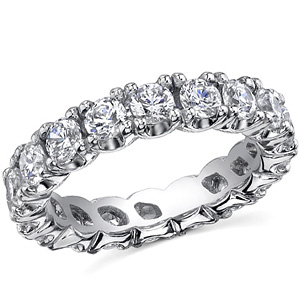
Shared Prong Settings
A variation of the classic prong setting involves wrapping the prongs around the crown of the gemstone to hold it in place. This setting style reduces the amount of metal visible, allowing more light to pass through the gemstone and enhancing its brilliance and sparkle.
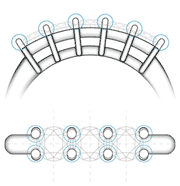
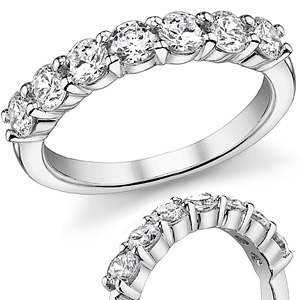
Channel Settings
The channel setting involves securing the gemstones in place between two vertical metal walls, creating a smooth channel. This contemporary setting style places the gemstones side by side with no metal in between, creating a seamless look.
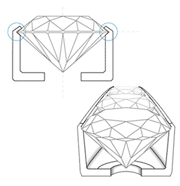
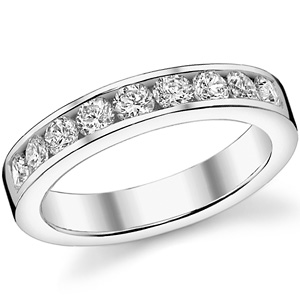
Bar Channel Settings
This variation of the traditional channel setting is a more secure option in which the gemstones are held firmly in place between two vertical metal walls on either side of each gemstone. This additional support provides added stability and protection for the gemstones.
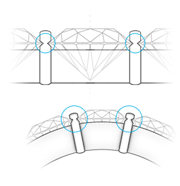
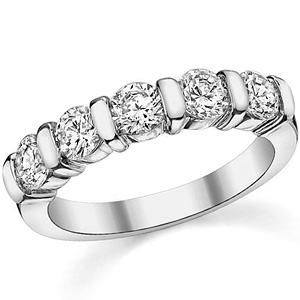
Pave Settings
The bead setting involves setting the gemstones low and very close together using tiny metal beads that the jeweler forms from the surrounding metal. This creates the appearance of the surface of the ring being encrusted with stones, resulting in a brilliant and dazzling effect.
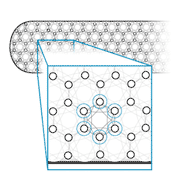
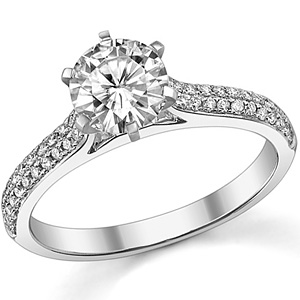
Bezel Settings
The bezel setting involves a metal rim that surrounds the gemstone by the girdle to hold it securely in place. This setting style can create a dramatic look and can also create the illusion of a larger stone by framing it with metal.
